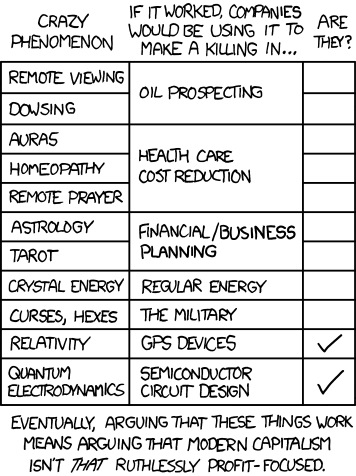Twin Paradox a Paradox in Low-Earth Orbit
In March 2011, if all goes as planned, two twin brothers will meet in space for the first time ever. On Feb. 27, astronaut Mark Kelly (the one with the mustache) will launch aboard NASA’s space shuttle Endeavour to meet up with his twin brother Scott who’s currently flying aboard the International Space Station (ISS). Scott made the trip up to the orbiting laboratory on a Russian Soyuz rocket launched on Oct. 7 and will be on board for the next sixth months.
I’m obliged to report this not only for the physics, but also for the name-dropping. Mark Kelly was the commander of STS-124, which is the group that visited the observatory — and toured my lab — a few years ago. Now I find out he has a twin, which not only raises the question of the twin paradox, but also this: which one is the evil twin?
The article raises the question of which effect dominates for the ISS — the kinematic or gravitational time dilation? They have opposite signs, with rising in the gravitational potential speeding the clock up, and motion slowing it down. For GPS satellites, the gravitational term is much larger than the kinematic term, but the ISS and shuttle live in low-earth orbit, and the kinematic term dominates there, as shown in this analysis, so a clock on the ISS will run slow by about 28 microseconds per day.

